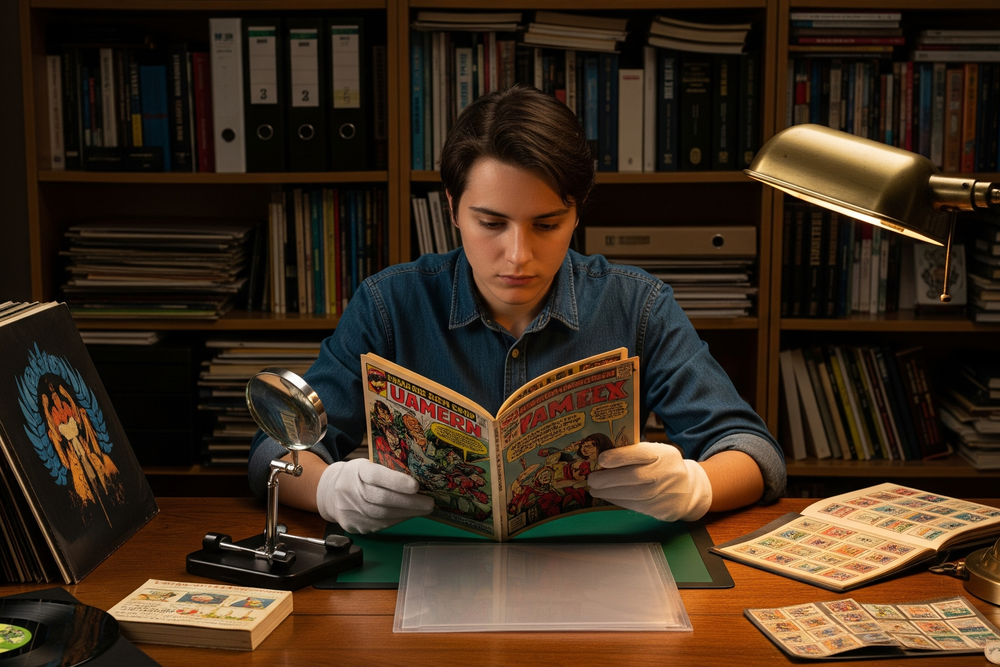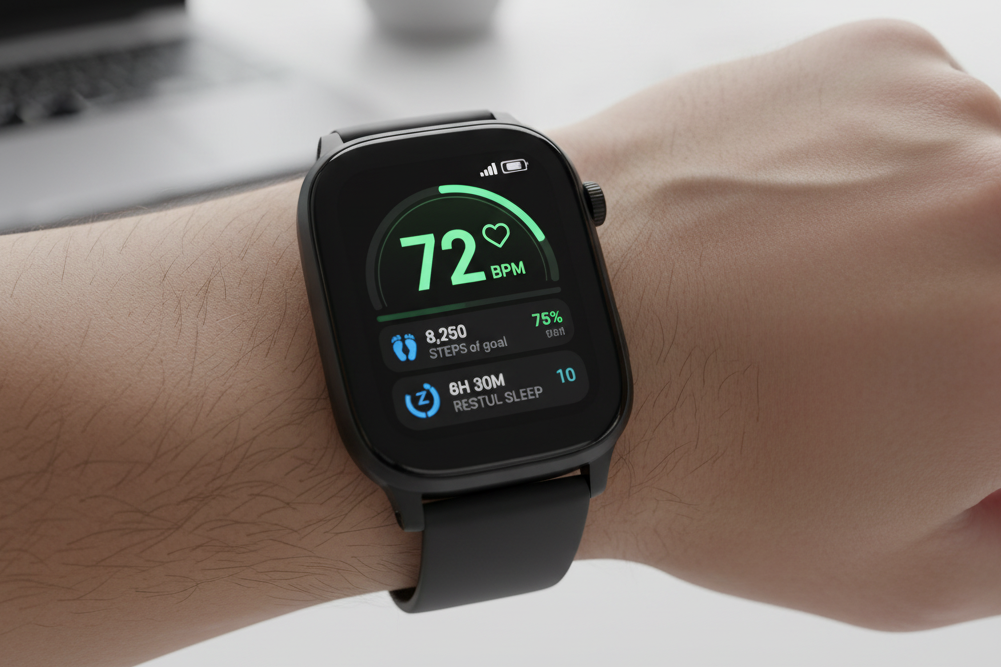How to Shop for Collectibles: Tips for Beginners
Harper Reed
2025-11-23
6 min read
Diving into the world of collectibles can be an exhilarating journey. It’s a chance to own a piece of history, connect with a passion, or simply enjoy the thrill of the hunt. But for a beginner, the path can seem filled with uncertainty. Where do you start? How do you know if an item is authentic? This guide provides practical tips to help you navigate the marketplace and build a collection you truly love. The first step in your collecting journey isn't opening your wallet; it's opening your mind. Understanding what you are passionate about will guide your entire experience. Collecting should be enjoyable, and focusing on items that genuinely interest you is the key to long-term satisfaction. Whether it's vintage comic books, antique stamps, sports memorabilia, or classic vinyl records, your personal connection to the items will make the process far more rewarding than simply chasing trends. Once you have a general idea, it's time to narrow your focus. Instead of deciding to collect "coins," you might specialize in Roman currency or state quarters. This targeted approach makes the hunt more manageable and allows you to develop deep expertise in a specific area.
The Foundation: Research and Education
Knowledge is your most valuable asset as a collector. Before you spend a single dollar, invest time in research. Learn the history of the items you want to collect. Understand the key characteristics, a_rtists, manufacturers, and time periods that define your chosen niche. Read books, join online forums, and follow experts on social media to immerse yourself in the community. A critical part of your research involves understanding an item's condition and how it affects value. In many collecting fields, a grading system is used to standardize the evaluation of an object's physical state. For example, a comic book in "Near Mint" condition will be worth significantly more than one in "Good" condition. Familiarize yourself with the terminology and standards for your specific area of interest. This knowledge will protect you from overpaying and help you identify true bargains.
Setting a Budget and Sticking to It
Collecting can be an expensive hobby, but it doesn't have to be. It is essential to establish a clear budget from the very beginning. Decide how much you are comfortable spending on a monthly or annual basis. This financial boundary will help you make disciplined purchasing decisions and prevent the hobby from becoming a source of stress.
Remember that a collection is built over time, piece by piece. You don't need to acquire the rarest or most expensive items right away. Starting with more common and affordable pieces is a great way to learn the ropes without significant financial risk. As your knowledge and confidence grow, you can gradually aim for more significant acquisitions. Your budget should be a tool that guides your hobby, not one that limits your enjoyment.

The Art of Authentication
One of the biggest concerns for any new collector is authenticity. How can you be sure the item you are buying is genuine? The first line of defense is your own research. When you know what to look for—specific markings, materials, signatures, or printing techniques—you are better equipped to spot fakes. For high-value items, seeking a third-party opinion is often a wise investment. Professional authentication and grading services can provide a certificate of authenticity (COA), which verifies an item's legitimacy and condition. While these services come with a fee, they offer peace of mind and can significantly increase an item's resale value should you ever decide to sell. Always ensure the authenticator is a reputable and recognized authority in the field.
Where to Find Your Treasures
Once you are armed with knowledge and a budget, the exciting part begins: the hunt. There are numerous places to find collectibles, each with its own advantages and disadvantages.
Online Marketplaces: Websites like eBay offer a vast selection, allowing you to browse items from sellers around the world. However, the risk of encountering fakes or misrepresented items can be higher. Always check a seller's reputation, read reviews carefully, and scrutinize photos before making a purchase.
Specialty Dealers and Auction Houses: Reputable dealers and established auction houses are often the safest places to buy collectibles. They typically have experts on staff who vet items for authenticity and provide detailed descriptions. Building a relationship with a trusted dealer can also grant you access to new finds before they hit the open market.
Conventions and Shows: Attending a collectibles convention or trade show is an excellent way to see a wide variety of items in person. These events allow you to inspect pieces up close and speak directly with knowledgeable vendors. They are also fantastic opportunities to network with other collectors and learn more about the hobby.
Local Shops and Flea Markets: Don't overlook the potential of local antique stores, thrift shops, and flea markets. While it may take more patience, you can sometimes uncover hidden gems at a fraction of their market value. This is where your research truly pays off, enabling you to recognize a valuable find that others might miss.
Collecting is a marathon, not a sprint. It’s a rewarding hobby that combines passion, history, and the thrill of discovery. By starting with a clear focus, dedicating yourself to research, setting a realistic budget, and learning how to verify authenticity, you can build a collection that brings you joy for years to come. Happy hunting


